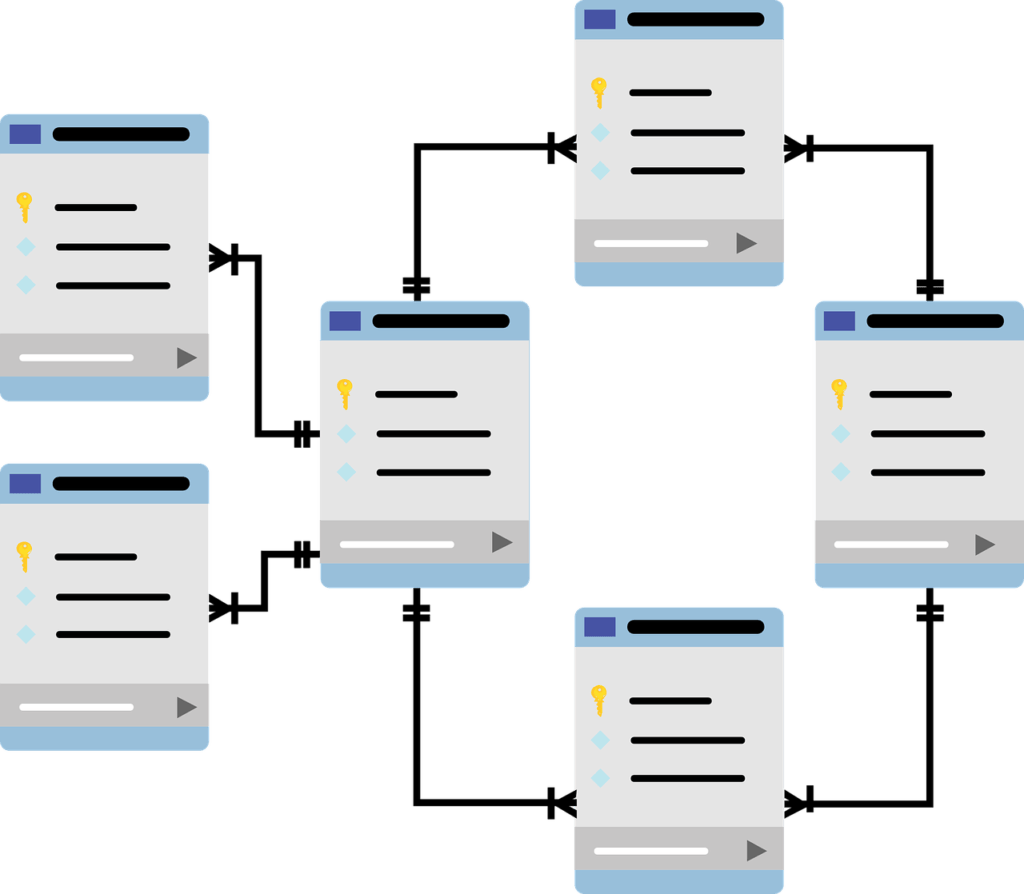What is database performance tuning? Understand, measure, optimize
Database performance tuning is the process of analyzing and optimizing database performance. It includes understanding the workload and system resources, measuring current database performance, and analyzing how to improve performance. Database performance tuning can be achieved through a number of methods, including adding more hardware to help speed up queries, tuning application code to make queries more efficient, or changing the storage.

Database performance tuning is a process that can be used to improve the performance of database systems. It is usually executed to identify and solve bottlenecks in the system. This involves understanding, measuring, and optimizing the performance of databases. Database administrators will need to gather a list of all the components that are using a particular database. They then need to measure the workload on each component. This will require considering factors such as disk I/O performance, CPU usage, and memory consumption.
Determining Acceptable Performance
Database performance tuning is the process of understanding, measuring, and optimizing the performance of a database. Database performance tuning involves examining the usage profile for a database and then making changes to configuration settings to increase performance while maintaining stability. Performance tuning is typically focused on improving the performance of a database by decreasing the response time for individual queries.
Understand what you want to measure
How do you know if your database performance is slow? When your database has a measurable and discernible impact on the speed and reliability of your application, it is considered to be “slow.” Database performance tuning is what you need to do when you think your database is slow.

Why Optimize Databases?
Measure the performance of your database
Databases are the backbone of all business information systems. Having a database tuned properly, with the right size of hardware, is essential to ensure that it runs at peak performance and continues to grow as the company does. Database performance tuning is a process that tests database system performance, analyzes bottlenecks, recommends changes to optimize the performance,
Understanding the Performance Factors
Database performance tuning is the process of understanding, measuring, and optimizing a database to perform better. Tune your system by altering tables, queries, and other database features. In order to ensure that a database performs efficiently, one must: Understand what the performance factors are Measure what the performance factors are currently and how they
![]()
The views expressed on this blog are those of the author and do not necessarily reflect the opinions of Enteros Inc. This blog may contain links to the content of third-party sites. By providing such links, Enteros Inc. does not adopt, guarantee, approve, or endorse the information, views, or products available on such sites.
Are you interested in writing for Enteros’ Blog? Please send us a pitch!
RELATED POSTS
Enhancing Healthcare Efficiency with Enteros: AIOps-Driven Database Performance Monitoring
- 2 April 2025
- Database Performance Management
In the fast-evolving world of finance, where banking and insurance sectors rely on massive data streams for real-time decisions, efficient anomaly man…
Optimizing Cost Estimation and RevOps Efficiency with Enteros: Enhancing Financial Stability and Balance Sheet Management
In the fast-evolving world of finance, where banking and insurance sectors rely on massive data streams for real-time decisions, efficient anomaly man…
Optimizing Retail Operations with Enteros: Performance Management and Observability for Enhanced Efficiency
- 1 April 2025
- Database Performance Management
In the fast-evolving world of finance, where banking and insurance sectors rely on massive data streams for real-time decisions, efficient anomaly man…
Optimizing Database Performance in the Retail Sector with Enteros, Cloud FinOps, and DevOps Strategies
In the fast-evolving world of finance, where banking and insurance sectors rely on massive data streams for real-time decisions, efficient anomaly man…